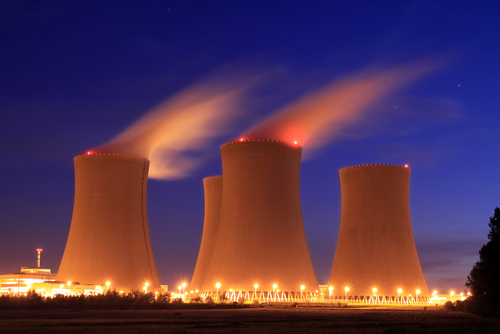We always have a dream of world with abundant energy that can power both our cars and homes. When we think of green energy, nuclear energy could be the last thing that we have in mind. However, we may need to consider that nuclear energy doesn’t have green house emissions and it is largely a clean energy, if we could effectively handle the waste. There are common questions associated with nuclear energy, such as whether nuclear energy could really deliver low- or no-emission power production. Is it entirely safe for electrical power purposes?
We could also be concerned whether it can be delivered at an entirely reasonable cost. It is important for us to continuously compare nuclear power with other low-emission alternate energy sources. However, it is true that nuclear is relatively emission free and we could directly measure the exhaust of the chimney in nuclear power plants. Over its lifetime, nuclear power plants could come close in terms of emission with wind power plant with the power capacity. But to be honest, both are not exactly emission-free, if we also measure the energy used to mine and process uranium and the greenhouse gasses emitted during the production of components for wind power plants.
Many people are also concerned with the safety of nuclear power plant, especially whether older power plants will have strong enough structure to contain the radioactive environment in the interior. However, any prevention method could only be as good as people who operate them. In general, modern nuclear power plants are much safer, but there are other risks that we need to consider, such as earthquake and terrorist attacks. Terrorist could crash on the nuclear power plant reactor with airplanes, causing similar leakage accidents like in Chernobyl.
Although nuclear energy is claimed to be safe, there are actually higher incidence of leukemia in children if they live in areas near nuclear power plants. This phenomenon is repeated in Germany, France and the United Kingdom. However, the nuclear technology continues to improve, the relatively new Generation IV reactors are said to be less dirty with lower amount of radioactive waste. But, it would be widespread only around 2030. Compared to other renewable and low emission energy sources, nuclear reactors still have relative high start up and close down costs.
Despite these challenges, the magical attractions of nuclear power plants remain and people tend to think that all their problems will go away if they throw enough money on these reactors. However, it becomes quite clear that we will have more diversified energy solutions and the nuclear energy will continue to thrive, especially when we consider that there’s plenty of uranium reserves present around the world. The key is to develop better reactors and improve the waste handling capabilities. In fact, much of the world will be paralyzed when all nuclear power plants are suddenly shut down. Many developing countries are considering whether they need to develop their own nuclear power solutions, especially when they have limited options to generate more power.

